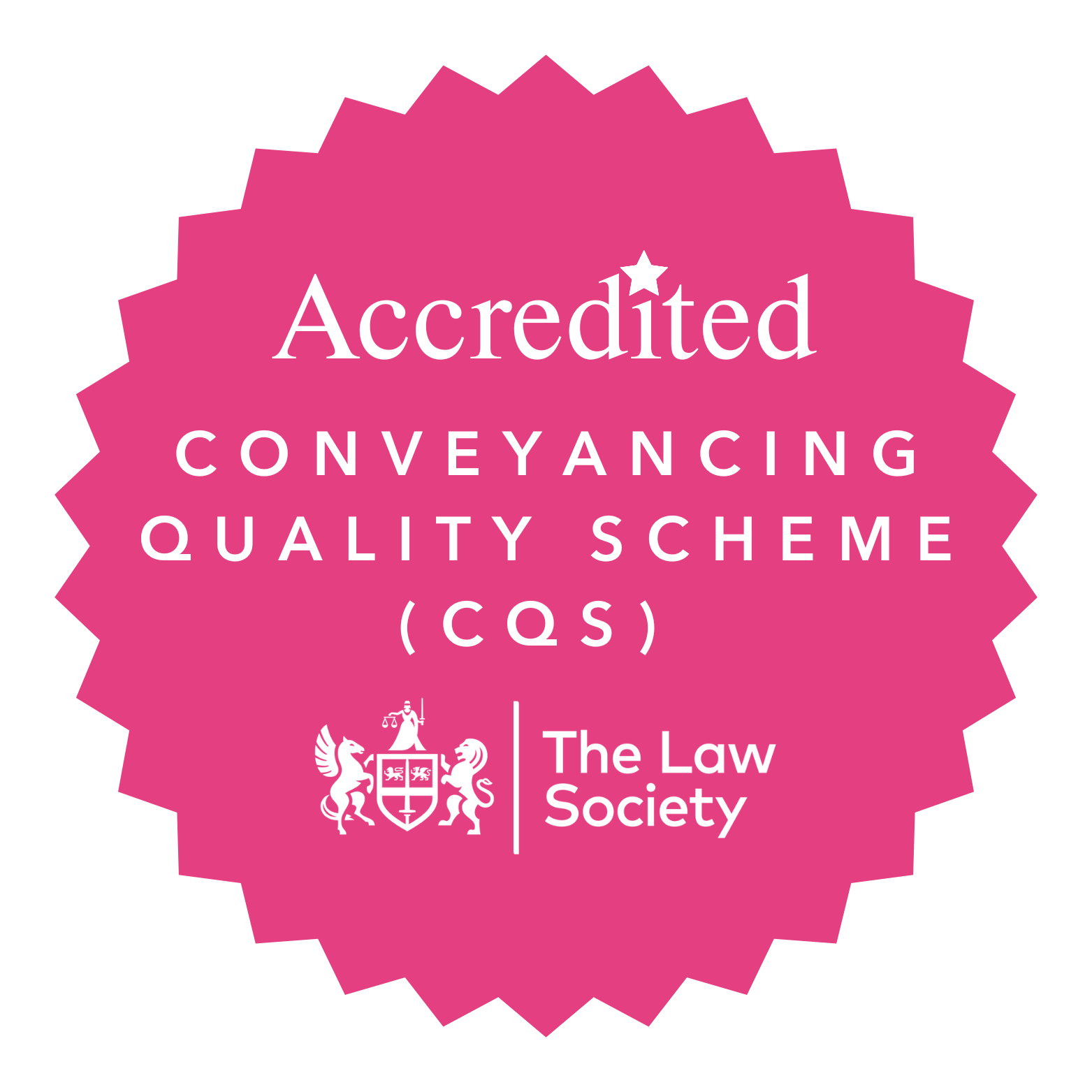The Community Infrastructure Levy (“CIL”) is a tool that Local Authorities in England and Wales can use to charge developers on new developments in their area. The CIL was initially introduced by the Planning Act 2008 updated by Regulations and Guidance. Local Authorities that have implemented the CIL use it to help pay for much needed infrastructure that the Local Authority, a local community or a neighbourhood wants to support the new development. Examples of supporting infrastructure may include a new health centre, park improvements or a new or safer road scheme.
When Does the CIL Apply?
The CIL applies to any commercial or residential building or extension that creates a ‘building that people normally go into’ of more than 100 square metres.
How Is the CIL Calculated?
The CIL is calculated from the time planning permission first permits development and falls due upon commencement of a development. With Local Authority agreement, the CIL does not have to take the form of cash, as ‘in kind’ payments of land or infrastructure are permitted. If a CIL is to be paid in cash it can be met in instalments (most notably where a development is phased) and again subject to Local Authority agreement.
Who Pays the CIL?
Responsibility for paying the CIL lies with the land owner, however, liability can be apportioned between persons with a ‘material interest’ in the land such as freeholders and leaseholders where there is more than 7 years unexpired on the term of a lease at the date of planning permission.
Exemptions and Reliefs
Amongst the exemptions from the CIL are developments under 100 square metres of gross internal floorspace, most single dwellings, self-build housing and residential annexes and extensions. Reliefs are available for new charitable and social housing developments.
Developers that suspect they may qualify for relief are encouraged to speak with the Local Planning Authority as soon as possible and seek a decision on their claim before commencing works on-site, as reliefs cannot be granted after development work has started. Developers can start a claim for the relief or exemption sought by completing the appropriate paperwork. A seven year claw back period for reliefs claimed is often available.
Failure to Pay the CIL
If a Local Authority becomes aware that a development has commenced and no-one has assumed responsibility for the CIL, liability will default to the owner of a material interest in the land. Enforcement options available to the Local Authority include surcharge, stop notices, asset seizure and prison.
The Position of Local Authorities
Although many Local Authorities in the North West have not implemented the CIL, developers should keep up to date with the progress being made as some Local Authorities are undertaking initial economic viability studies, some are engaged in a consultation process and some are making decisions as to when to implement the CIL in 2016 or 2017.
For more information about the Community Infrastructure Levy, please contact Anna Duffy, Head of Commercial Property on 01244 354800 or anna.duffy@dtmlegal.com






